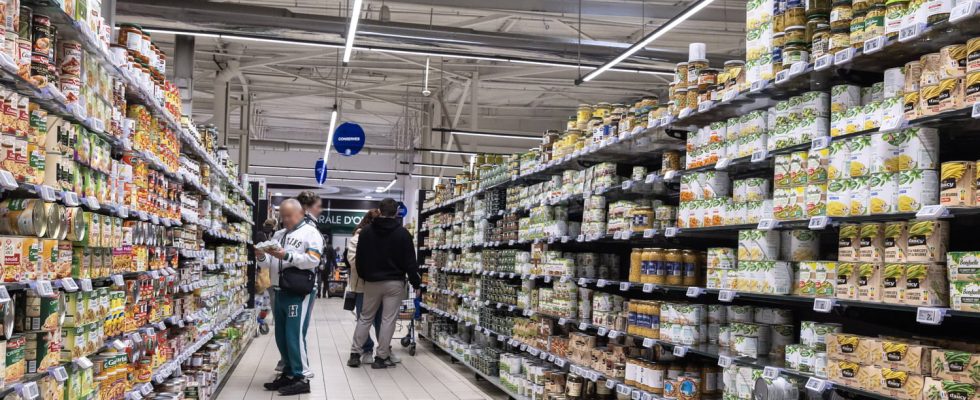In the midst of an agricultural crisis, the government is proposing a tool to make the origin of food products more transparent.
As farmers’ demonstrations regain intensity on the occasion of the Agricultural Show which opens its doors this Saturday, February 24, the government promises answers and solutions to the agricultural crisis. He is working in particular on the development of a tool which would offer better transparency on the origin of food products and would make it possible to highlight products of French origin, a promise made by Gabriel Attal to agricultural unions at the beginning of February. Designed on the Nutri-Score model which assigns a score to food products based on their nutritional intake, the new system is presented under the name Origin-Score.
The Minister for Consumer Affairs, Olivia Grégoire, who oversees the project, wishes to open discussions for the implementation of this indicator. On South Radio this Thursday, February 22, the minister defended this idea by arguing that “more transparency is needed on products that are said to be “processed”. This initiative indeed seems to be in line with consumers’ expectations. As relayed by West France, a 2023 study by the En vérité collective shows that 86% of consumers surveyed are attentive to the origin of the food products they buy. This same study underlines that the French would like more information regarding the pesticides present in food products. More than a guarantee on the origin and quality of products, a tool like Origin-Score allows a better understanding of the price of products, according to Olivia Grégoire.
Another objective of this “Origin-Score” would be to highlight products whose real origin does not conform to that indicated on the packaging. The Directorate General for Competition, Consumption and Fraud Repression (DGCCRF) recently carried out an investigation into this in various supermarkets. Of the 1,000 supermarkets controlled by the organization, 372 show a lack of consistency between the origin of the product and the information displayed. Olivia Grégoire stressed that 70 of these defects constitute a “serious” fault. The ministry’s office detailed that these non-compliances with the legislation would represent a “desire” to conceal the origin of the products and less an “oversight” or “negligence”. These errors could be criminal offenses.
Origin-Score in place this summer?
The implementation of such a tool requires extensive work which will also have to go through the hands of the European Union. Initially, Olivia Grégoire indicated that a meeting should be organized in mid-March with manufacturers, distributors and consumer associations in order to define a framework for action. For now, an experiment will be available for volunteer brands and could be implemented this summer. According to the Ministry of the Economy, the Origin-Score will then impose itself: “Those who will adopt it quickly are players whose almost all of the ingredients are of French origin (…) But this will then be adopted by other companies, because if some display it and others do not, the consumer will inevitably question the origin of the product about which nothing is mentioned.
Two brands stand out for the moment. The presidents of the Leclerc and Système U groups were in favor of implementing the tool. On X, David Garbous, president of the En Vérité collective, shared a first idea for a logo for this new tool. The Origin-Score could take the form of a circular graph breaking down the origin of the product (France, Europe, etc.). According to the collective, 60 brands have declared themselves in favor of the use of the Origine-Score.
